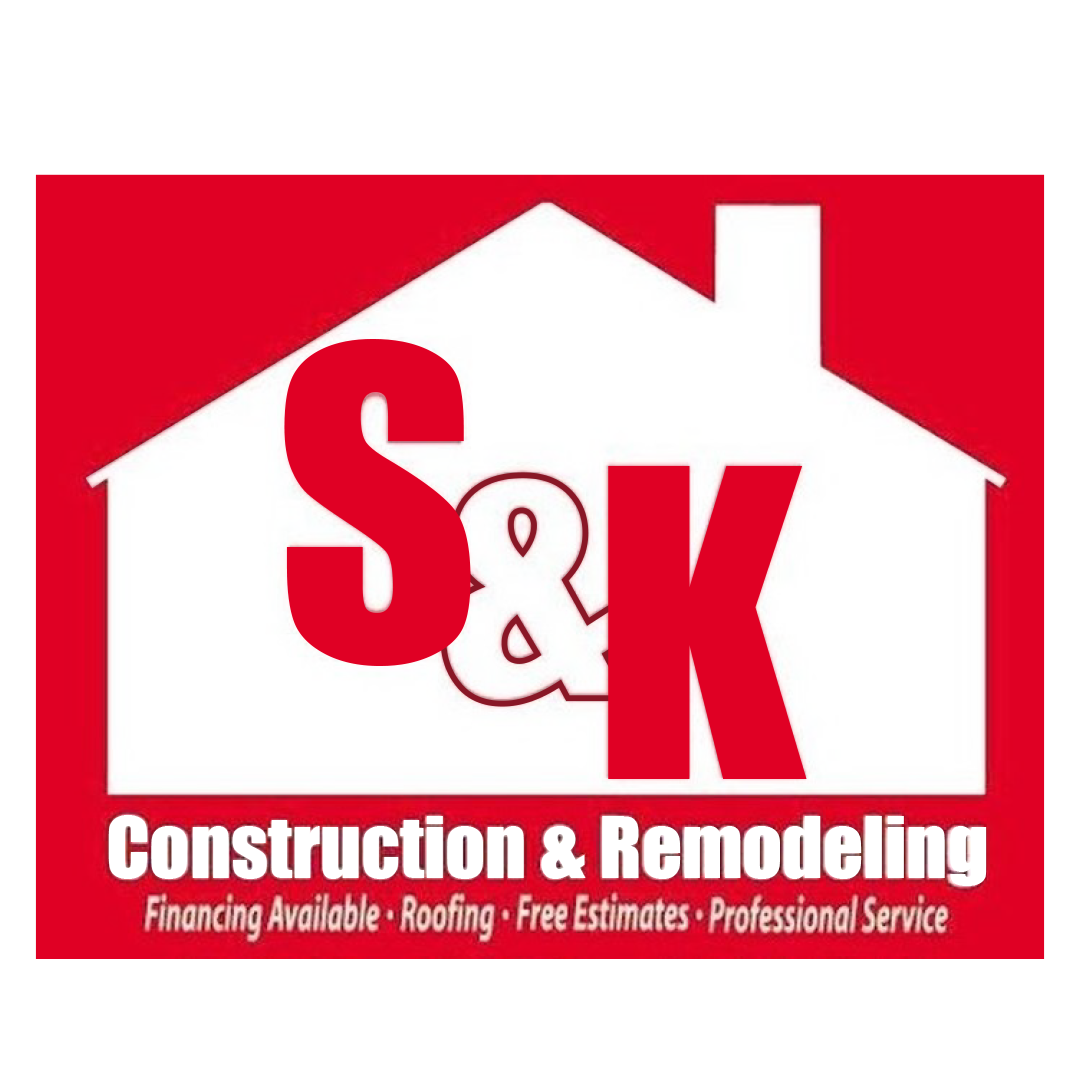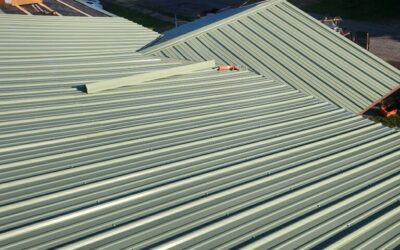Table of Contents
- Introduction: When a Ceiling Leak Meets Your Insurance Policy
- Understanding Homeowners Insurance Basics
- 2.1. Dwelling Coverage (Coverage A)
- 2.2. Other Structures (Coverage B)
- 2.3. Personal Property (Coverage C)
- 2.4. Loss of Use / Additional Living Expenses (Coverage D)
- 2.5. Liability Coverage (Coverage E)
- Perils: What “Named Peril” Policies Cover vs. All-Risk Policies
- Are Ceiling Leaks “Sudden and Accidental”?
- Common Covered Causes of Ceiling Leaks
- 5.1. Storm Damage (Hail, Wind)
- 5.2. Fallen Trees or Debris
- 5.3. Plumbing or HVAC Failures
- 5.4. Roof Collapse or Structural Failure
- Exclusions: When Your Leak Isn’t Covered
- 6.1. Wear and Tear / Lack of Maintenance
- 6.2. Gradual Damage (Age, Corrosion)
- 6.3. Negligence (Unrepaired Known Issues)
- 6.4. Flood and Sewer Backup Exclusions
- Filing a Ceiling Leak Claim: Step-by-Step
- 7.1. Mitigate Further Damage Immediately
- 7.2. Document Everything with Photos & Notes
- 7.3. Contact Your Insurance Agent Promptly
- 7.4. Work with the Adjuster: What to Expect
- 7.5. Approvals, Estimates, and Negotiations
- Tips to Maximize Your Chances of Coverage
- 8.1. Keep Maintenance Records
- 8.2. Schedule Regular Roof & Attic Inspections
- 8.3. Perform Timely Repairs to Prevent Escalation
- 8.4. Invest in Preventative Upgrades (Ice & Water Shield)
- How S&K Construction and Remodeling LLC Supports Your Insurance Claim
- 9.1. Free Professional Leak Inspection
- 9.2. Detailed Damage Reports & Photos
- 9.3. Liaison with Adjusters on Your Behalf
- 9.4. Quality Repairs That Meet Insurance Standards
- Cost Considerations: Deductibles, Depreciation, and Out-of-Pocket
- When It Makes Sense to Pay Out-of-Pocket
- Preventative Maintenance: Protecting Your Ceiling Before a Leak
- FAQs About Insurance and Ceiling Leaks
- Conclusion: Don’t Let a Leak Drain Your Wallet or Peace of Mind
1. Introduction: When a Ceiling Leak Meets Your Insurance Policy
There’s nothing more disheartening than finding a wet, brown stain spreading across your living room ceiling—especially when the rain has stopped. You wonder: Does homeowner insurance cover leaks in the ceiling? The answer depends on why the leak occurred, your policy’s precise terms, and whether you followed the rules for filing claims. In this in-depth guide, we’ll explore what insurers typically cover (and exclude), the claims process step-by-step, and how you can give your claim the best chance of approval. If you live in Jefferson, Ashtabula County, Youngstown, Cleveland Heights, Mentor, Willoughby, Chardon, or anywhere across Northeast Ohio, read on to protect your home and wallet.
2. Understanding Homeowners Insurance Basics
A standard HO-3 homeowners policy—the most common in the U.S.—provides a combination of “open perils” coverage for your dwelling and “named perils” for personal property. Here’s how the main coverages work:
2.1. Dwelling Coverage (Coverage A)
Covers damage to your home’s structure (roof, walls, ceilings) from covered perils. If a hailstorm cracks shingles and water seeps in, repairs to your ceiling would fall under Coverage A (minus your deductible).
2.2. Other Structures (Coverage B)
Protects detached structures like garages, sheds, or fences. Ceiling leaks inside your house won’t tap this coverage.
2.3. Personal Property (Coverage C)
Reimburses you for damaged contents (furniture, electronics). If your ceiling leak drips onto your couch or TV, file a separate claim under Coverage C.
2.4. Loss of Use / Additional Living Expenses (Coverage D)
If your home becomes uninhabitable due to covered damage—say a severe leak collapses your living room ceiling—you can claim hotel stays and living expenses until repairs finish.
2.5. Liability Coverage (Coverage E)
Covers injuries or property damage you cause to others. Not directly relevant to ceiling leaks unless someone gets hurt by falling debris.
3. Perils: What “Named Peril” Policies Cover vs. All-Risk Policies
Not all policies treat perils the same.
- Named-Peril Coverage (often on personal property): Only covers specific causes listed in the policy (e.g., fire, windstorm, hail, theft).
- Open-Peril / All-Risk Coverage (typically for the dwelling in an HO-3): Covers any cause of loss except those explicitly excluded (e.g., wear and tear, flood, earthquake).
Key takeaway: Your roof and ceilings generally enjoy broad “all risk” protection, but your personal belongings rely on a narrower list of named perils.
4. Are Ceiling Leaks “Sudden and Accidental”?
Insurers often cover “sudden and accidental” events—think a rooftop shingle blown off during a storm. Conversely, gradual damage like years of neglected maintenance is excluded. A sudden plumbing pipe burst or storm-driven hole qualifies. A slow drip from a decades-old flashing failure usually doesn’t. Always review your policy’s definitions and exclusions.
5. Common Covered Causes of Ceiling Leaks
Insurance will typically pay when your leak stems from one of these covered perils:
5.1. Storm Damage (Hail, Wind)
High winds lifting shingles or hail puncturing roofing materials. If wind tears off a section of roof, water intrusion into ceilings is covered.
5.2. Fallen Trees or Debris
A tree limb crashing onto your roof, breaking decking and flashings, thereby leaking into your ceiling. Removal and repair both fall under your policy.
5.3. Plumbing or HVAC Failures
A burst water pipe in the ceiling or a malfunctioning attic-mounted HVAC unit flooding your ceiling. Water damage from sudden plumbing failures is generally covered under “accidental discharge” clauses—though you must have maintained the pipes.
5.4. Roof Collapse or Structural Failure
Heavy snow load collapsing a portion of your roof qualifies—both structure and interior ceiling repairs are covered.
6. Exclusions: When Your Leak Isn’t Covered
Not all ceiling leaks will trigger coverage:
6.1. Wear and Tear / Lack of Maintenance
Damage from age, deterioration, or neglected repairs is excluded. If you let shingles curl and underlayment rot over years, insurers may deny your claim.
6.2. Gradual Damage (Age, Corrosion)
A slow leak from aging flashing or clogged gutters is considered a maintenance issue, not a covered peril.
6.3. Negligence (Unrepaired Known Issues)
If you knew of a problem—say a previous small leak—and did nothing, your insurer may enforce the “duty to maintain” exclusion.
6.4. Flood and Sewer Backup Exclusions
Standard policies exclude flood damage (rising water) and sewer backups. Separate flood or sewer-backup endorsements are needed for coverage.
7. Filing a Ceiling Leak Claim: Step-by-Step
A well-documented claim expedites payment. Follow these steps:
7.1. Mitigate Further Damage Immediately
Most policies require you to take reasonable steps to prevent additional loss—cover the leak with a tarp, place buckets, and dry out the area.
7.2. Document Everything with Photos & Notes
- Before cleanup: Photograph the leak, stains, damaged shingles or pipes, and interior effects (drywall, insulation, belongings).
- Date-stamp each photo and keep a written log of events (when you discovered the leak, weather conditions, mitigation steps).
7.3. Contact Your Insurance Agent Promptly
Report the claim as soon as possible—most policies stipulate prompt notice “no later than X days.” Provide photos and your mitigation log.
7.4. Work with the Adjuster: What to Expect
- Inspection appointment: Show evidence, walk the adjuster through attic and roof points, and share any professional reports (e.g., from S&K Construction).
- Estimate review: The adjuster prepares a scope of damage and an estimate; compare it against contractor bids.
7.5. Approvals, Estimates, and Negotiations
If the insurer’s scope differs from your contractor’s, negotiate with clear documentation—S&K Construction can supply detailed repair estimates and damage reports to support your case.
8. Tips to Maximize Your Chances of Coverage
Give yourself the best shot at approval with these best practices:
8.1. Keep Maintenance Records
Save invoices and receipts for roof inspections, shingle replacements, gutter cleanings, and plumbing checks—proof you fulfilled your maintenance duties.
8.2. Schedule Regular Roof & Attic Inspections
Annual inspections by a certified contractor like S&K detect small issues before they become uncovered perils.
8.3. Perform Timely Repairs to Prevent Escalation
Fix minor damage (loose shingles, cracked flashing) promptly to avoid disputes over “gradual damage.”
8.4. Invest in Preventative Upgrades (Ice & Water Shield)
Installing ice & water shield in valleys and eaves at reroof time adds extra insurance-approved protection against leaks.
9. How S&K Construction and Remodeling LLC Supports Your Insurance Claim
As a local Owens Corning Preferred Contractor based in Jefferson, OH, serving Ashtabula, Youngstown, Cleveland Heights, Mentor, Willoughby, Chardon, and beyond, S&K offers:
9.1. Free Professional Leak Inspection
We pinpoint the cause—roof shingles, flashing, pipe boots, or plumbing—and provide a comprehensive written report.
9.2. Detailed Damage Reports & Photos
Our documentation meets insurer standards, detailing roof, attic, ceiling, and interior impacts.
9.3. Liaison with Adjusters on Your Behalf
We accompany adjusters on inspections, explain technical issues, and advocate for full scope coverage.
9.4. Quality Repairs That Meet Insurance Standards
From flashing replacement to full roof tear-off, we install Owens Corning materials and back our work with a 5-year workmanship warranty and up to 50-year product warranties.
10. Cost Considerations: Deductibles, Depreciation, and Out-of-Pocket
- Deductible: The portion you pay before insurance kicks in. If your deductible is $1,000 and your claim is $5,000, you cover the first $1,000.
- Depreciation / Actual Cash Value (ACV): Older materials may be depreciated; you might receive ACV (replacement cost minus depreciation) unless you have Replacement Cost Value (RCV) coverage.
- Betterment Charges: Insurers may withhold the cost difference between old, worn materials and brand-new ones—even on an RCV policy—unless your policy guarantees full replacement.
- Out-of-Pocket: If repairs cost less than your deductible, it may be faster to pay yourself, avoiding a claim altogether (and potential rate hikes).
11. When It Makes Sense to Pay Out-of-Pocket
- Small Repairs (< Deductible): Patching shingles or caulking flashing may cost $200–$800—often under a typical $1,000 deductible.
- Frequent Small Claims: Multiple small claims can raise premiums; sometimes it’s wiser to self-fund minor fixes.
- Cosmetic-Only Damage: If the leak caused no structural harm—just superficial ceiling paint bubbling—you may opt to pay directly.
12. Preventative Maintenance: Protecting Your Ceiling Before a Leak
An ounce of prevention saves tons of claim hassles:
- Biannual Roof & Gutter Cleanings: Remove debris and check for damaged shingles every spring and fall.
- Annual Attic Inspections: Look for signs of moisture, mold, or light penetrating the roof deck.
- Seal & Paint Maintenance: Reseal roof penetrations (vents, skylights, chimneys) every 8–10 years.
- Attic Ventilation & Insulation Upgrades: Balanced ventilation prevents condensation and ice dams; proper insulation stops heat loss that melts rooftop snow.
13. Frequently Asked Questions (FAQs)
Q1: Will making a ceiling leak claim raise my premiums?
A: It can. Insurers consider your claim history when renewing—small out-of-pocket fixes may avoid rate hikes.
Q2: How long do I have to report a leak?
A: Most policies require prompt notice—typically 30 to 60 days after discovery—but sooner is always better.
Q3: My leak started months ago but only got worse recently. Can I still claim?
A: You may face denial if the insurer deems the damage “gradual.” Documentation of sudden escalation (e.g., after a storm) helps.
Q4: Do I need to replace my entire roof to fix a single leak?
A: Not if the rest of the roof is in good condition. Targeted repairs—flashing, shingle replacement—often suffice.
Q5: How much does S&K charge for an insurance-supported repair?
A: Our free inspections and estimates ensure no surprise fees—insurance typically covers covered damage minus your deductible.
14. Conclusion: Don’t Let a Leak Drain Your Wallet or Peace of Mind
Does homeowner insurance cover leaks in the ceiling? The short answer: sometimes—if the leak stems from a sudden, covered peril and you follow proper claim protocols. Neglected maintenance, gradual wear, and excluded causes will leave you footing the bill. By understanding your policy, documenting meticulously, and partnering with experts like S&K Construction and Remodeling LLC, you can navigate the claims process confidently, secure full scope coverage, and restore your ceiling—and your peace of mind—quickly.
Ready to have your ceiling leak inspected by a licensed professional?
📞 Call S&K Construction and Remodeling LLC now at (440) 384-3251
🌐 Visit www.skconstructionremodeling.com for your free, no-obligation leak inspection and insurance claims support.
Protect your home, preserve your insurance benefits, and get the repairs you deserve—today.
 (440) 307-2060
(440) 307-2060

